I´m trying to merge two geometries/meshes (red and blue) into a unique one. But after creating a new geometry and applying geometry.merge() I found that all the inner vertices and faces are still there (the green area).
I would like to remove all that extra information, as it generates visual glitches on the rendered faces and also I cannot calculate the merged volume correctly.. I need something like on the last picture, a single mesh that only includes the minimal external/outer faces and vertices, removing the inner ones.
I tried applying ThreeCSG to subtract meshes but I´m founding that it crashes constantly when trying to load big models. I also tried to apply a raycaster to detect the common faces, but this also has great impact on performance on big models.
Is ThreeCSG the only good option here? But as I cannot use it on every model, I should discard it. I would like to apply something fast that doesn´t depend so much on the number of triangles of the mesh.

